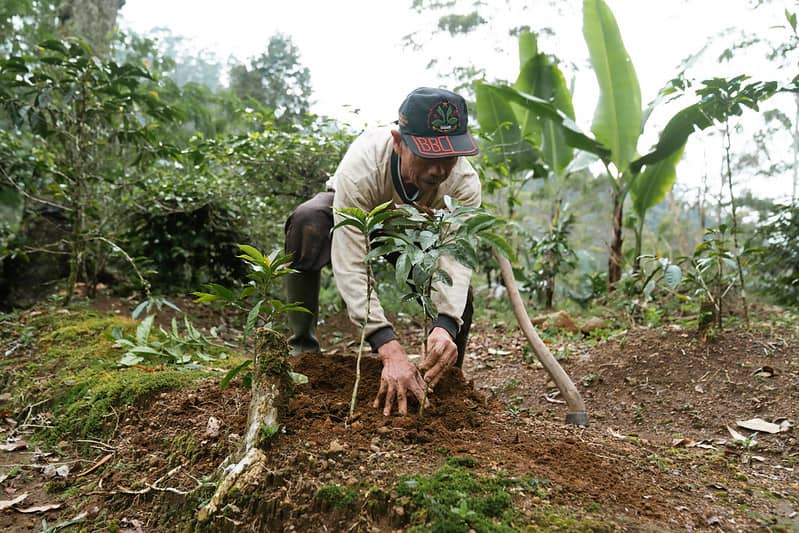By Zhimin Wu, Director, Forestry Division, Food and Agriculture Organization of the United Nations
In the face of escalating threats to achievingthe Sustainable Development Goals by 2030, the global community stands at a crossroads.
The climate crisismanifests in increasingly frequent extreme weather events such as droughts and floods. These environmental upheavals exacerbate poverty, hunger, food insecurity and malnutrition,underscoring the urgent need for swift and large-scale responses.
However,amid these huge challenges, a wave of innovative technologies offer hope.Human ingenuity can still pave the way toward a sustainable future, with our forests poised to play a pivotal role in this transformation.
Forests cover more than one-third of the world’s land surfaceand safeguard the planet and its living creatures. Human livelihoods and health are reliant on forests.Forests provide food, fuel, fibre, medicine, wood and non-wood forest products to hundreds of millions of people and help regulate climate and habitats.
When properly conserved, restored and sustainably utilized, forestscan play aneven greater role in sustainable development, which is why we need to upscale the potential of forests and treesby investing in inclusive technologies.
Science and technology are at the heart of the 2030 Agenda for Sustainable Development, and governments everywhere need to make it their priority to create a culture of innovation. Forest innovations, specifically, are illustrative of the power of marrying ingenuity with sustainable resource use.
In fact, thanks to scientific breakthroughs, almost anything that can be made from crude oil can also be made from materials found in trees.
Biodegradable plastics derived from wood are replacing harmful plasticswhich threaten soil health, water quality and human and animal wellbeing.The buildings in which we live and work are increasingly being built with sustainable wood and veneers made from fast-grown timber enabled by new technologies. The clothes we wear can nowbe made from sustainable fibres from trees. Batteries, once consisting of raw earth materials such as graphite, are now being made with extractions from wood.
Even space travel is embracing wood solutions,with a satellite made from magnolia planned for launch later this year that willhelpreduce space debris by burning up completely upon re-entry into Earth’s atmosphere.
New solutions are also emerging to accelerate conservation, restoration and sustainable use of forests. Every aspect of forestry is being revolutionized to protect our forest ecosystems and biodiversity from wildfires, pests and diseases, and deforestation.
Wildfires are becoming more frequent and intense. How we respond to them is therefore of crucial importance.
Dronescan now detect and determine which direction a fire is moving, potentially saving forests frominevitable destruction.Theycan also identifydeforestation and forest degradationwhile producing high-resolution images for mapping, increasing protection from illegal logging and forest misuse.
Artificial Intelligence (AI)is alreadysupporting efforts to halt and reverse deforestation and degradation. For example, AI can process vast amounts of data in areas where forensic tracing is needed to control and regulate forest use. AI also has huge potential in pest control and detecting invasive mammals, plantsand invertebrates.
The Food and Agriculture Organization of the United Nations (FAO) State of the World’s Forests 2024 report [LINK],published today, explores the transformative power of evidence-based innovation in the forest sector.
Innovation does not happen in a vacuum. It requires a willingness, at all levels, to take risks and share ideas from every sector of society. Governments, international organizations, companies,researchers,and civil society must work must together to ensure that innovation is adopted rapidly, evenly, and everywhere. Fair and equal access to new technologies is essential, especially at a local level and amongIndigenous communities, as it is they who are often the inhabitants, users and guardians of our forests.
If we want to reach our Sustainable Development Goals by 2030, we must continue to invest in forestry innovation. This is key to sustainably managing forests, mitigating and adapting to climate change, and improvinglivelihoods. In so doing, we are fulfilling a vision to create a better world for everyone, leaving no-one behind.

